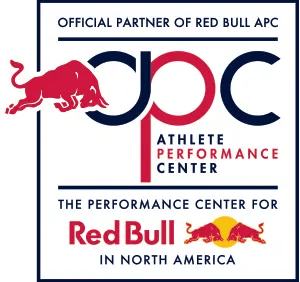Sports that require persons to swing their arms repeatedly and rapidly necessarily hold increased injury risks to participants. That’s why pitchers, for instance, suffer from shoulder and elbow injuries at exorbitant rates. The other type of athlete that often puts their arm joints at risk is one who plays tennis or even table tennis. The constant swinging motions that these sports require may actually endanger the athlete if the right exercise regimen doesn’t take place or technique is off to even the slightest degree. Thankfully, a new report offers some valuable tips to participants.
The article first points out that strength training is going to be a big part of preventing an injury. When lifting weights, athletes are encouraged to take part in the type of workout that emphasizes strength across the body, not just the arms that get worked out during swings. That way, your entire upper body, and your legs as well, will be able to tolerate the excessive forces that are going to impact your frame.
Squats and deadlifts are a good idea for developing strength from your legs on up, and these should be supplemented by things like pushups and pullups. When you’re working out your arms, understand that a great backhand will be as important as a forearm movement, and thus you may want to consult with a physical trainer who can alert you to the lifts and stretches that would be beneficial to good health with both types of movements.
That movement itself is also going to take time to perfect. Herky-jerky motions can lead to soreness, excessive fatigue, and eventually an injury if they’re left untreated or uncorrected. You can’t perform at optimum levels if you can’t get your body on the same page as your brain.
For tennis and table tennis, problems are likely going to require working with a coach to correct. After all, it’s difficult to judge the quality of movement when you can’t see yourself. Simply by videotaping an hourlong session, you should be able to identify those things you’re doing wrong that could be compromising your health.
Pay attention to the placement of your feet, the way you twist your body when you alter your direction, and where you’re putting your arms when you line up and follow through on your swing (making sure that a follow-through does indeed go all the way through). You can further help yourself in this regard by paying attention to those positions and techniques in place in your everyday life that could be negatively altering your gait or your movement.
Finally, don’t discount conditioning. It takes a lot out of an athlete to move back and forth on the court, and conditioning is vital to staving off injury in such circumstances.
About the author




